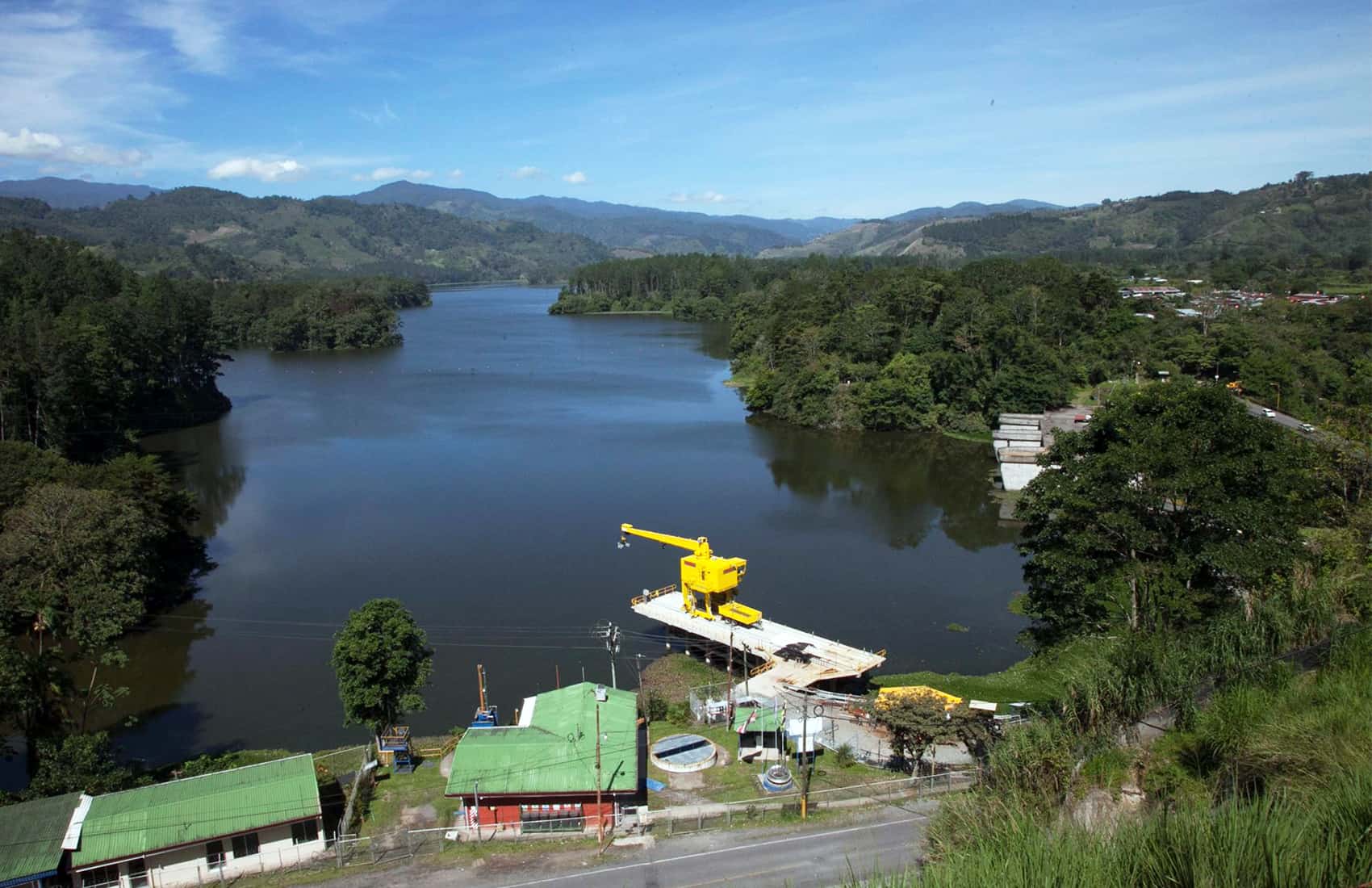The Government of Costa Rica expects the country will generate more than 99% of its electric energy from renewable resources in 2020.
That means Costa Rica will have run on more than 98% clean energy over six consecutive years, according to data from the National Center for Energy Control (CENCE).
”In 2020, 99.78% of our energy has been generated from clean sources,” President Carlos Alvarado announced. “We are at six consecutive years of generating more than 98% of our electricity from renewable sources. We advance in the line of decarbonization, which protects the environment and generates economic benefits.”
In 2020, Costa Rica has generated 72% of its energy from hydropower, 14.9% from geothermal sources, 12% from wind and 0.54% from biomass and solar panels.
Costa Rica’s reliance on fuels for electricity reached their lowest levels since the mid-1980s. The government says the pandemic provoked a 3% drop in electricity use compared to last year.
“Faced with the emergency due to the pandemic and the drop in demand, the Costa Rican system has been able to deliver almost all of the energy with clean resources. Despite facing a difficult year, we are making firm progress on the goals of decarbonization and electrification of transportation,” said Irene Cañas, president of the Electricity Institute (ICE).
These numbers do not include the fossil-fuel dependent transportation sector, which is responsible for 66% of hydrocarbon consumption and 54% of carbon dioxide emissions in Costa Rica.
Costa Rica’s decarbonization strategy includes a plan to introduce a modern transportation system in San José that will promote walking and biking, and feature fully electric trains by 2050.
Still, the Costa Rican government says its clean energy generation — which powers more than 1.5 million homes and 225,000 businesses — has saved the country nearly $500 million over the past 20 years compared to relying on fossil fuels.






